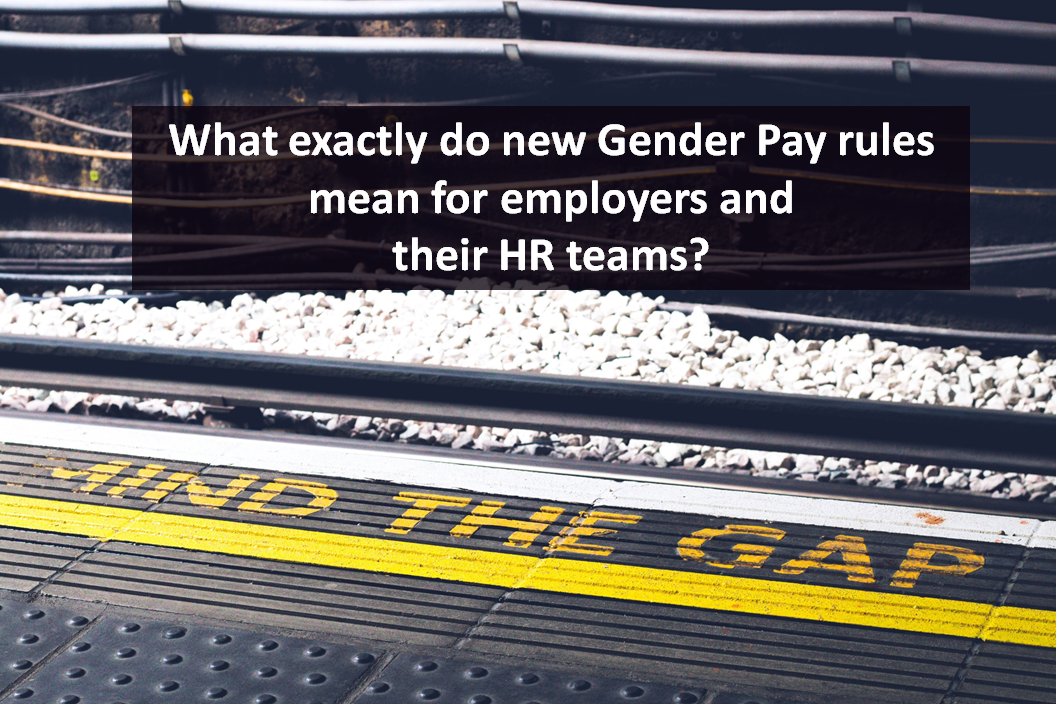Landmark legislation comes into force…again
It’s been a momentous year for HR professionals, dealing with not just one but two landmark pieces of legislation. We’ll be taking a look at the impact GDPR has had on the recruitment sector in another piece, but two months before that deadline it was gender pay gap regulations that were dominating headlines as companies raced to meet the April 4th cut-off point. All companies employing more than 250 people were obliged to report their gender pay gap, with the overarching findings revealing that women were being paid, on average, 9.7% less than male staff.
But while more than 10,000 employers met the deadline, around 1,500 large companies missed the closing date, risking sanctions including fines, court action and public naming and shaming. Indeed, more than 1,100 companies reported their data in the 24 hours before the deadline, highlighting the last-minute scramble that many HR departments faced. While it’s fair to say that companies were given ample notice ahead of the deadline and clear guidelines of what was expected, it’s also unlikely that those falling behind schedule were wilfully ignoring the directive or sitting on their hands.
A more likely scenario is that HR teams were struggling to collect and report the data accurately. While this should be a relatively straightforward process for permanent staff, some confusion may have existed around the rules governing temporary workers. Agency workers should be counted by the service company that provides them – rather than the business that then hires them – but factor in part-time workers, self-employed individuals and other various contract types and it soon becomes less of a formality than it first seemed.
It’s also worth highlighting that reporting the data is not the end of the process for HR departments by any means. Understanding what the numbers show and effectively communicating this internally is a challenge in itself, particularly if it involves allaying fears of concerned employees if the results returned are unfavourable. Most importantly – and the driving force behind the initiative – is tackling the issues the metrics highlight and successfully implementing them into your business going forward. Years of inequality won’t be instantly recalibrated overnight, but the introduction of regulatory reporting is the first step in the right direction.
Future developments of the programme could see firms with less than 250 people required to report their gender pay gaps, with a group of MPs recently calling for medium-sized businesses to be included. With this in mind, it’s worth considering that while you may be exempt at present, your business could soon be liable to report such data. Regulatory red tape can sometimes feel like an unwelcome distraction to running your business, but with a compliance matter as important as gender equality, planning ahead will not only keep you onside with the powers that be, but will also help create an engaged and inclusive working environment.





